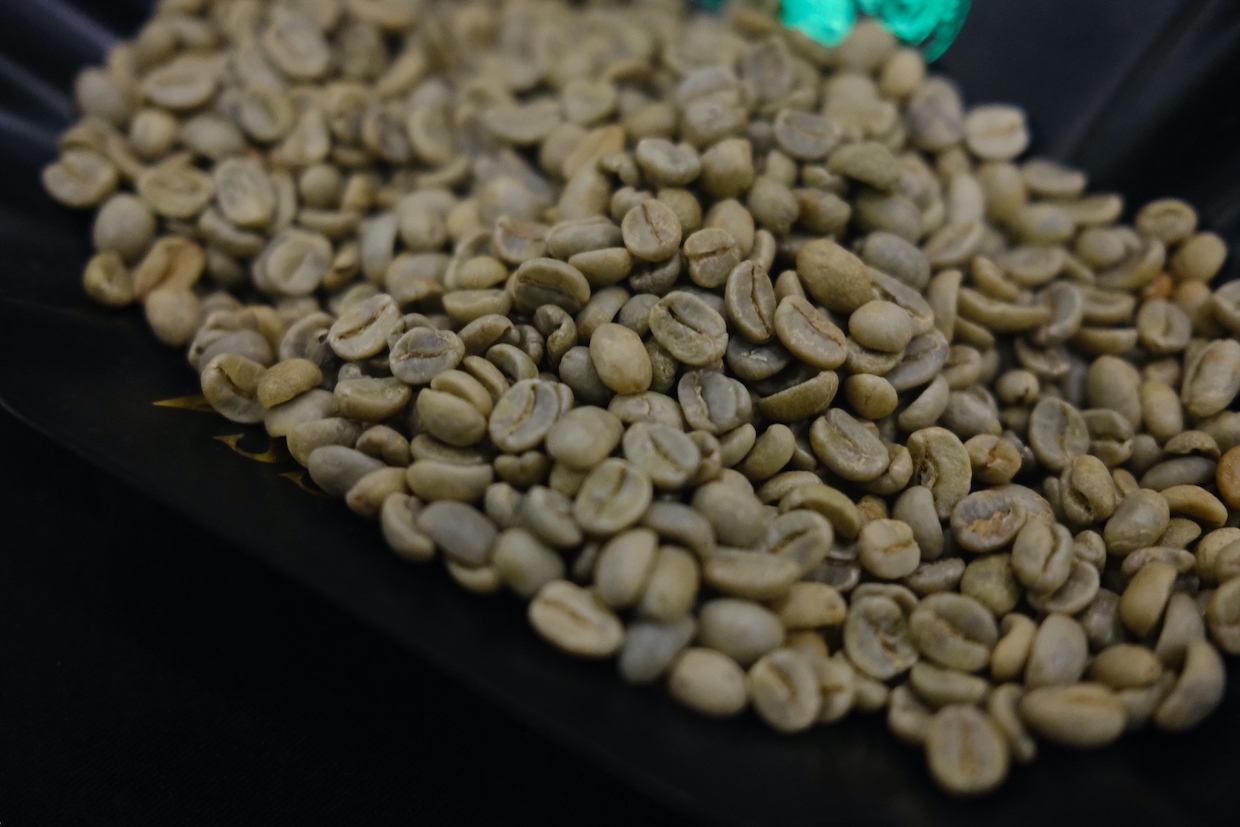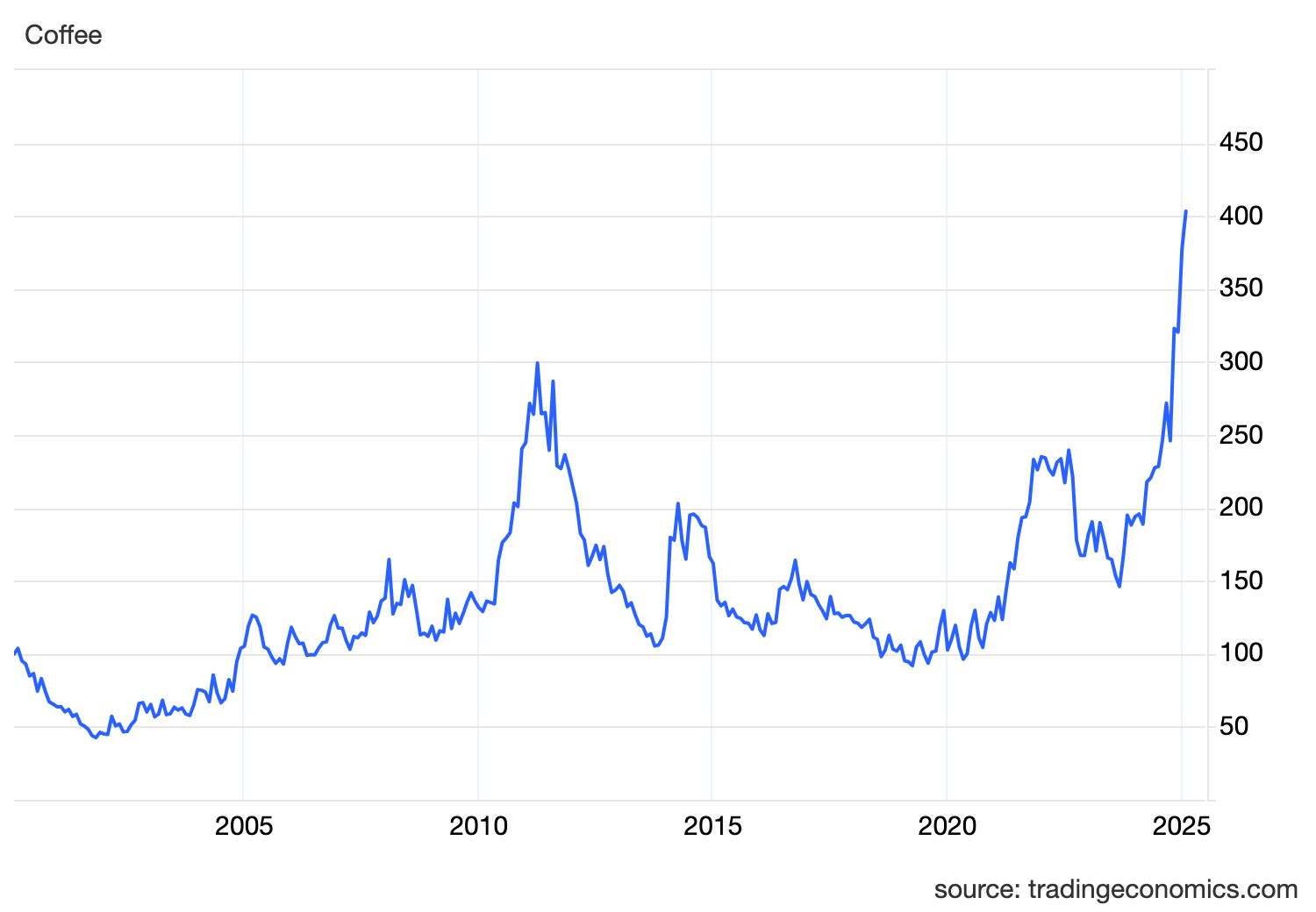Honey processing became synonymous with Costa Rica in the late 2000s. Following a major earthquake in 2008, the country’s government imposed water usage restrictions – forcing Costa Rican coffee producers to innovate with their processing methods.
Arising from this challenge, honey processed coffee was born. Intensely sweet with a pronounced body and complex flavour notes, specialty coffee buyers quickly became interested in this processing method, and demand increased.
Today, it’s considered one of the “big three” alongside washed and natural processed coffees. Producers have experimented with different variations of mucilage retained on the beans to create a range of flavour profiles, creating black, red, yellow, and white honey processed lots that we’re now familiar with.
In recent years, a number of novel and advanced processing methods have emerged as a way for producers to differentiate their coffees with exciting, unconventional tasting notes. As these techniques have gained popularity, honey processing has effectively become “normal” – and deemed less exciting than methods such as anaerobic fermentation and carbonic maceration.
But that doesn’t mean producers still aren’t continuing to innovate with honey processing. To learn more, I spoke to Jorge Raul Rivera, a three-time Cup of Excellence-winning coffee producer in El Salvador, and Jamie Treby, coffee strategist at DRWakefield.
You may also like our article on whether more producers are starting to diversify their processing methods.


How honey processing became a staple of the coffee industry
Some coffee origins are synonymous with certain processing methods. Brazil is known for its natural processed coffees, while washed coffees are particularly popular in Kenya.
Costa Rica, meanwhile, pioneered honey processing. Like any processing technique, the idea is to enhance and pinpoint certain flavour notes, but it was also developed out of necessity after government-imposed water usage restrictions in the late 2000s.
“Costa Rica is the most well-known origin for honey processed coffees, particularly with the different ‘colours’ of honey,” says Jamie Treby, a coffee strategist at green coffee trader DRWakefield. “There are farms that talk about innovating as far back as the early 2000s.”
Borrowing from pulped natural processing used in Brazil, the honey process gets its name from the sticky mucilage left intact on the beans as they dry. Unlike washed coffees, where the skin and pulp are entirely removed, and naturals, where the entire cherry dries intact, honey processing lies somewhere inbetween. Cherries are pulped to remove the outer skin, leaving behind the mucilage.
Producers then leave varying levels of mucilage intact as the coffee dries, creating different flavour profiles and textures. The different “colours” imply different percentages of mucilage left on the beans before drying. Typically, the higher the amount of mucilage, the more sugars will be present as the coffee dries, leading to sweeter flavours.
The most common types of honey processed coffees are:
- Black honey: 75 to 100% mucilage, so it’s most similar to natural processing
- Red honey: 50% mucilage
- Yellow honey: around 25% mucilage
- White honey: around 10% mucilage, so akin to a washed coffee
Demand grows
Intitial responses to honey processing were sceptical, with some claiming the flavours were too “wild” or “unclean”. But as consumer demand changed, interest in honey processed coffees grew.
More specialty coffee roasters started to source honey processed Costa Rican single origins, helping to establish the country’s global reputation. The coffees also performed well at auctions, receiving high scores and fetching high prices.
Over time, producers in other countries started to experiment with honey processing.
“Graciano Cruz, a pioneering producer from Panama, brought honey processing to El Salvador,” says Jorge Raul Rivera, an award-winning coffee producer in El Salvador. “In the beginning, everyone was apprehensive, but it’s not rocket science and we got to understand how to do it well pretty quickly.
“For that reason three of our first places at Cup of Excellence are honey processed Pacamara.”
Jamie says honey processing is also becoming more popular in countries like Guatemala, Vietnam, Myanmar, Peru, and Uganda – underscoring its mass appeal.


The “new normal” for specialty coffee
As more countries started to process black, red, yellow, and white honey coffees at higher volumes, the global market quickly became saturated with them. With varying flavour profiles and mouthfeel, these coffees appealed to a wide range of consumers, allowing coffee shops and roasters to meet demand across the board.
In time, honey processed coffees quickly became “standard” offerings in the specialty coffee market. Once differentiated, and even considered “too funky”, they no longer stood out as consumers demanded more interesting and unique flavour experiences.
“When we started our farm decades ago, we processed 90% washed coffees and only 10% non-washed,” Jorge tells me. “Nowadays it’s the opposite; we do 80% non-washed and 20% washed because that’s what consumers want.”
The proliferation of experimental processing methods in recent years – most notably various types of controlled fermentation such as anaerobic and lactic fermentation – has captured some of honey processed coffee’s market share. Offering even more complex, layered, and interesting flavour profiles, advanced and novel processing techniques have started to become more common in specialty coffee.
At the same time, standardisation became a challenge for honey processed coffees.
“The percentage of mucilage left intact, as well as fermentation and drying times, all vary, so what one producer creates as red might be another producer’s yellow or black,” Jamie explains. “We have producers that offer red honey coffees, but the percentage of mucilage and fermentation and drying times are all different, so the colours cover a broad spectrum.
“White honey coffees, in particular, can be close to washed coffees, but how producers develop them varies,” he adds. “They can be pulped with 5% mucilage left on, or a short drying time with 90% of the mucilage intact.”


What could be next?
Despite being considered a “normal” processing method by many, producers – in Costa Rica and beyond – are continuing to innovate with honey processed coffees.
While some use the processing method as a base to build on further flavour development, others have created new types of honey processed coffees. Pink, orange, and golden honeys have appeared in specialty coffee shops and roasters, although the exact mucilage percentages and fermentation and drying times are unknown. This drives innovation, but also muddies the water further regarding standardisation.
“Honey processing has always been about different variations. In the beginning, people thought you could only do honey, natural, and washed coffees, but you can do so many variations,” Jorge says. “That is what’s so interesting and special about it.
“There’s no specific variety that works best, too. Pacamaras work well as honey processed coffees, and Geshas, when done well without too much fermentation, taste amazing. It’s a matter of craftsmanship.”
There is immense value in honey processing, especially in producing countries where access to water is scarce. For this reason, producers will continue to leverage this processing method whether on its own or as a starting point for further flavour development.
“I’ve seen some anaerobic honey coffees, which considerably dial down the ‘over-funk’ into a complex yet soft coffee,” Jamie tells. “I think producers will dial back honey processing into one or two variations per farm, rather than trying to offer all of them.”
Is robusta the future of honey processing?
As specialty coffee embraces high-quality robusta, there is potential for producers to use honey processing to offer new, differentiated sensory experiences.
“Honey processing is particularly common for arabica and helps to soften acidity. For robusta, though, it can soften a more aggressive flavour profile and make it more palatable to a wider audience, or even produce some fruitiness that is not so common,” Jamie says. “The flesh of robusta tends to have a higher brix percentage than arabica, so there are more sugars to work with.
“More sugars means you can build more on a base profile, especially because you’re not fighting the noise of acidity, so the impact of processing on flavour is easier to detect,” he adds. “In Vietnam, where the robusta profile is quite mild, honey processing can produce some amazing fruity coffees and is no doubt a contributor to success.”
Honey processed arabicas continue to fetch high prices at auctions. At the Gesha Village 2022 auction, a consortium of Japanese buyers purchased a 60kg bag of Ethiopian honey processed coffee for over US $33,000 – indicating its appeal and value.
While it may take many years for honey processed robusta to achieve similar results, there is clear potential for growing market demand.


Once exclusive to Costa Rica, honey processing quickly became popular in the early 2010s for its intensely sweet flavours. Today, producers around the world use this method, and it’s now a staple of specialty coffee.
Experimental processing has since gained some of its market share, but farmers are still finding ways to innovate with honey processed coffees.
Enjoyed this? Then read our article on whether we can really define experimental processing methods.
Photo credits: DRWakefield, Jorge Raul Rivera
Perfect Daily Grind
Want to read more articles like this? Sign up for our newsletter!











